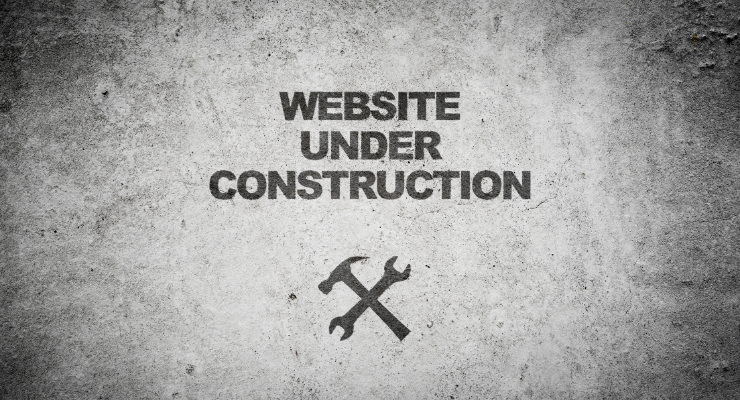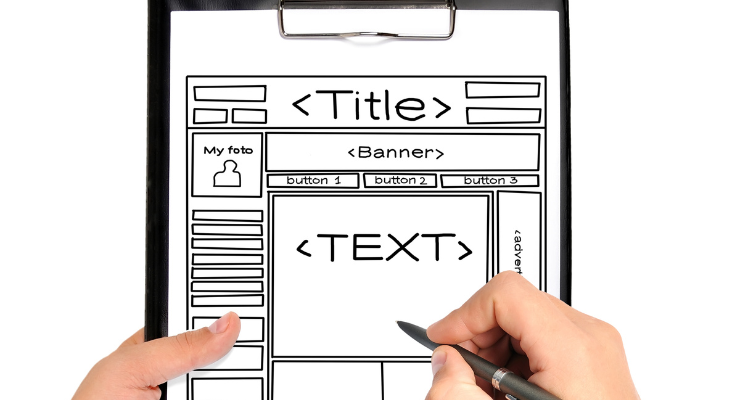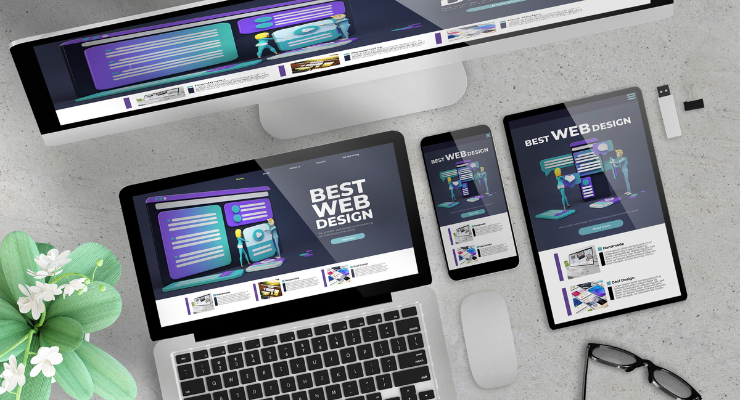
Building a New Website from Templates: Best Practices and Insights
Building a New Website from Templates: Best Practices and Insights
Creating a website from scratch can be an exciting yet challenging task. Fortunately, templates have made this process more accessible, allowing individuals and businesses to design beautiful and functional websites with ease. In this blog post, we'll explore the theory and best practices behind creating a new website from templates, providing insights beyond the step-by-step process outlined in our comprehensive guide.

Why Use Website Templates?
Website templates offer a convenient solution for building websites without the need for extensive coding skills or a large budget. Here's why templates are a popular choice:
Time Efficiency: Templates allow you to quickly set up a website, saving time compared to building from scratch.
Cost-Effective: Using templates reduces the need for expensive web development services.
Customizable Designs: Templates offer a variety of designs that can be customized to fit your brand's unique style.
Responsive Layouts: Modern templates are often responsive, ensuring your site looks great on all devices.
For businesses looking to create a professional online presence, Ad Ronin offers web design services that leverage templates to deliver stunning results.
Key Considerations for Building a Website from Templates
Building a website from templates requires thoughtful planning and execution to ensure it meets your goals. Here are some key considerations:
1. Choosing the Right Template
Selecting the right template is crucial for your website's success. Here’s how to make an informed choice:
Identify Your Goals: Determine the primary purpose of your website. Are you showcasing products, sharing information, or generating leads?
Consider Your Audience: Choose a template that resonates with your target audience. Consider factors such as age, preferences, and industry.
Look for Customization Options: Ensure the template offers flexibility for customization to align with your brand identity.
Check Responsiveness: Opt for a responsive template that provides a seamless experience across all devices.
Example: For an e-commerce site, look for a template with product galleries, shopping cart functionality, and a streamlined checkout process.
For a detailed guide on creating a new website from templates, refer to our step-by-step workflow.
2. Customizing Your Template
Once you've selected a template, it's time to make it your own. Here’s how to effectively customize your template:
Branding: Incorporate your brand colours, logos, and fonts to create a cohesive look that aligns with your brand identity.
Content: Tailor the content to your audience, ensuring it's relevant, engaging, and valuable.
Navigation: Design a user-friendly navigation structure that allows visitors to find information easily.
SEO Optimization: Optimize your site for search engines by including relevant keywords, meta tags, and alt text for images.
Example: Customize the homepage with a hero image, catchy headlines, and a clear call-to-action (CTA) that encourages visitors to explore your offerings.

3. Testing and Launching Your Website
Before launching your website, it's essential to conduct thorough testing to ensure everything functions as expected:
Functionality Testing: Check all links, forms, and interactive elements to ensure they work correctly.
Compatibility Testing: Test your site across various browsers and devices to ensure a consistent experience.
Performance Optimization: Optimize your site's loading speed by compressing images and minimizing code.
User Feedback: Gather feedback from potential users to identify any areas for improvement before the official launch.
Example: Use tools like Google PageSpeed Insights to analyze your site's performance and identify areas for optimization.
For more information on testing and launching your website, explore our digital marketing blog.

Practical Example: Creating a Business Website
Let’s explore a practical example of how to create a business website from a template:
Imagine you own a small photography business and want to establish an online presence. Here's how to approach it:
Choose a Photography Template: Select a template with a clean design, portfolio galleries, and contact forms.
Customize the Design: Add your logo, adjust the colour scheme to match your brand, and upload high-quality images showcasing your work.
Optimize for SEO: Use relevant keywords in page titles, descriptions, and alt text for images to improve search engine visibility.
Test and Launch: Conduct thorough testing, gather feedback, and launch your website to the world.
By implementing these strategies, you can create a professional website that attracts clients and showcases your talent.
For a detailed guide on creating a new website from templates, explore our step-by-step workflow.
Conclusion: Build Your Website with Confidence
Creating a website from templates offers a practical and efficient way to establish an online presence. By understanding the theory and best practices, you can design a website that reflects your brand and engages your audience.
At Ad Ronin, we provide comprehensive web design and digital marketing services to help you build a stunning website that meets your goals. Contact us today to learn more about how we can support your digital journey.
For further insights and a step-by-step guide on creating a new website from templates, check out our workflow.

